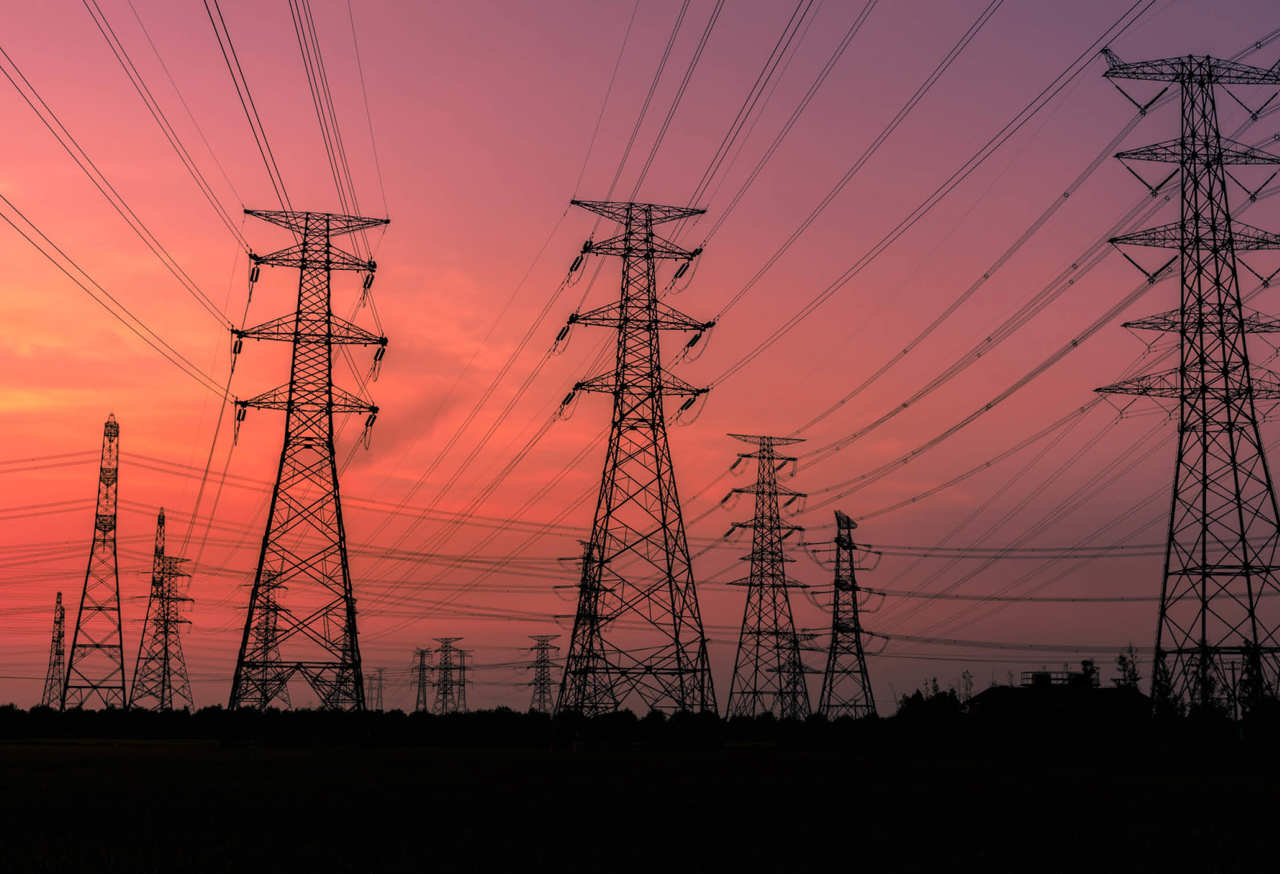Providing forecasts of the locational benefits of different potential storage sites
Energy transition Energy consultancy Power markets Revenue forecasting Whole system modelling Technology
How we provided a client with detailed analysis of locational balancing opportunities available to a storage asset in different geographical regions of GB.
The background
We were commissioned to provide revenue forecasts for utilising energy storage assets in managing thermal constraints over a set of network boundaries. This included forecasting the cost, volume, and actions taken in specific GB zones to manage thermal constraints.
Our solution
Plant located in constrained regions are able to capture additional revenues through “locational balancing”. These are the system actions taken by National Grid to manage the thermal constraints on the transmission network. Power flows from Scotland and North England to larger demand regions in the South present the biggest constraint management challenge in GB over the next 10 years. Large renewable capacity growth in Scotland, the build of new offshore wind capacity in the North-East and reducing transmission system demand will result in almost a doubling of power flows across system boundaries in the North. While this alone results in significant stress on thermal limits of circuits transferring power further south, the reduction in conventional coal and gas fired generation contribute to the problem by increasing system fault levels and creating unbalanced flows across system circuits.
In our modelling of locational balancing, we take a fundamentals-based approach. In each period, the supply demand balance determines the level of net generation in a region, and the level of required import or export from or to neighbouring regions. In any period where the required import or export exceeds the boundary constraints, plants are turned up and down in order to maintain the balance of supply and demand.
This may require expensive actions such as curtailing supported wind plant, which results in large negative prices. This provides an opportunity for energy storage plant, who can charge during low price system actions and then discharge through the regular BM. Storage plant can also benefit from any locational balancing system actions where turn ups are required due to a shortage of generation.
The outcome
We provided locational revenue forecasts across multiple zones by modelling how thermal constraints would be managed by National Grid. These forecasts were provided across multiple scenarios, capturing the uncertainty due to factors such as the location of new generation assets and the timing of network reinforcements.




